Centered at the Mesopotamian city of Akkad, the Akkadian Empire was the largest empire in recorded history up to that point. At its peak, it controlled a vast area including most of modern Iraq, Kuwait, Syria, Lebanon, Turkey and Iran. Founded by the famous king Sargon of Akkad, the Akkadian Empire existed for around 180 years from 2334 BC to 2154 BC. It established the Akkadian language as the spoken language in the region and set in place a government system which became a model for future empires in Mesopotamia. Know more about the rise, reign, achievements and fall; as well as the famous kings, government, artifacts and language of the ancient Akkadian Empire.
#1 THE CAPITAL CITY OF THE EMPIRE HAS NOT BEEN LOCATED AS YET
The Akkadian Empire gets its name from the city of Akkad, which was the capital of the empire. Akkad, also transcribed in English as Akkade or Agade, has not been located as yet despite numerous attempts. Although initially it was proposed that Akkad was located on the river Euphrates, it is now considered more likely that it was situated east of the river Tigris, roughly between the modern Iraqi cities of Samarra and Baghdad. Due to lack of archaeological excavations of the site on which the empire was centered, there is a lot historians don’t know about the Akkadian Empire.
#2 IT WAS FOUNDED BY SARGON OF AKKAD
The first urban civilization in ancient Mesopotamia, Sumer, had existed from 6th millennium BC. Sumerian king of the city of Umma, Lugal-Zage-Si, united Sumer through his conquests in mid-24th century BC. The famous king Sargon is credited with either founding or renovating the city of Akkad. Sargon of Akkad, also known as Sargon the Great, defeated Lugal-Zage-Si in the Battle of Uruk and conquered his empire. As the cities which had been conquered by Lugal-Zage-Si tried to regain their independence, Sargon of Akkad had to fight several subsequent battles to establish his supremacy over Sumer.
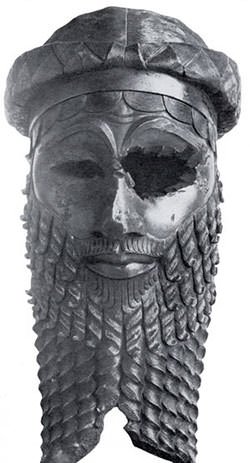
#3 AKKADIAN EMPIRE WAS THE LARGEST EMPIRE TILL THAT POINT
Sargon of Akkad is considered the first great empire builder in Mesopotamia. He conquered all of southern Mesopotamia as well as parts of Syria, Anatolia and Elam (western Iran). The empire built by Sargon was the largest empire in recorded history up to that point. It is also argued by some as the first empire in history as it ruled over a multi-ethnic territory through a central government. There were numerous rebellions during the reign of Sargon and it is considered by several historians that he had the world’s first professional standing army to protect his empire from the rebellious subjects. Sargon of Akkad was regarded as a model by Mesopotamian kings for around two millennia after his death.
#4 IT SAW CONSISTENT REVOLTS THROUGH MUCH OF ITS REIGN
According to the middle chronology, which is based on astronomical calculation determined by evidence from ancient tablets, the reign of Sargon of Akkad lasted for 56 years from 2334 BC to 2279 BC. Sargon was followed by his son Rimush, who reigned for nine years (2278–2270 BC); and Rimush was succeeded by his brother Manishtushu, who reigned for fifteen years (2269–2255 BC). Rimush and Manishtushu were both assassinated by members of their own court. A considerable duration of the reigns of Sargon and his sons, as well as the following rulers of the Akkadian dynasty, was plagued by revolts in the empire.
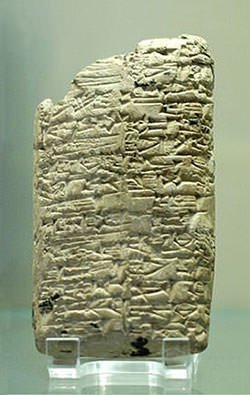
#5 AKKADIAN EMPIRE REACHED ITS GREATEST TERRITORIAL EXTENT UNDER NARAM-SIN OF AKKAD
Manishtushu was succeeded by his son Naram-Sin, the fourth ruler of the empire who reigned for 36 years (2254–2218 BC). Under Naram-Sin, the Akkadian Empire reached its greatest height extending as far as Anatolia in the north, inner Iran in the east, Arabia in the south, and the Mediterranean in the west. Naram-Sin of Akkad claimed the title of “King of the Four Quarters”, the four quarters referring to the entire world. He was also the first Mesopotamian king who claimed divinity for himself, taking the title “God of Akkad”. There were numerous military campaigns during his reign including a campaign against the Lullubi people which led to the carving of the famous “Victory Stele of Naram-Sin”.
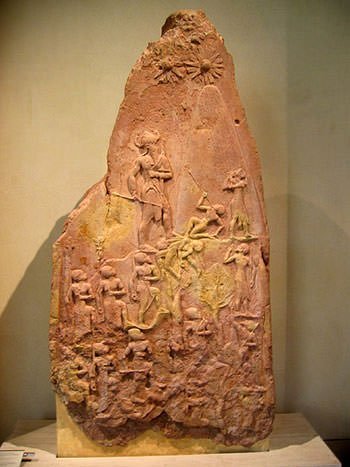
#6 IT WAS BROUGHT TO AN END BY THE GUTIAN INVADERS
During the reign of Naram-Sin of Akkad, there was an increased threat to the empire from the barbarian people from the Zagros Mountains known as the Gutians. Soon after the death of Naram-Sin, the Akkadian Empire came under increasing pressure from more and more frequent Gutian incursions. The final Akkadian kings ruled simultaneously with the Gutian rulers. The empire of Akkad collapsed in 2154 BC, within 180 years of its founding by Sargon in 2334 BC. The last Akkadian king was Shu-turul. It has been suggested that another possible cause for the decline of the Akkadian empire was abrupt climatic change which resulted in increased aridity and severe drought.
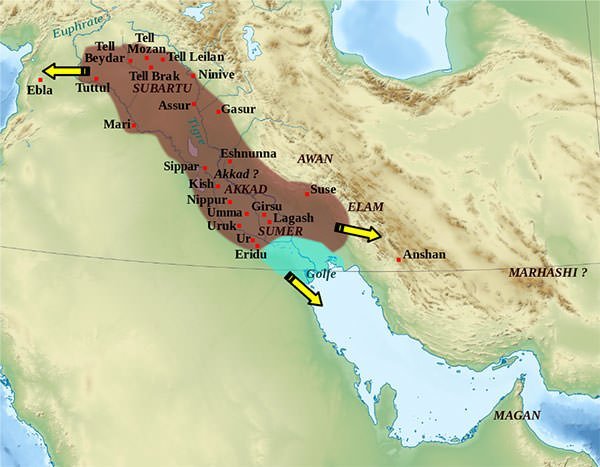
#7 A MYTH TITLED THE CURSE OF AKKAD EXPLAINS THE FALL OF THE AKKADIAN EMPIRE
A Mesopotamian poem, titled “The curse of Akkad: the Ekur avenged”, relates a myth on why the Akkadian Empire collapsed. Enlil, the god of breath, wind, height and distance, was the chief deity in Sumerian religion. The Sumerian city Nippur was the special seat of the worship of Enlil. The Curse of Akkad states that Naram-Sin angered Enlil by plundering the Ekur temple in Nippur, considered to be protected by Enlil. In his rage, Enlil summoned the Gutians down from the hills east of the Tigris, bringing plague, famine and death throughout Mesopotamia. The Gutian period, which followed the Akkadian period and lasted for roughly a century, is considered a Dark Age in Mesopotamia.
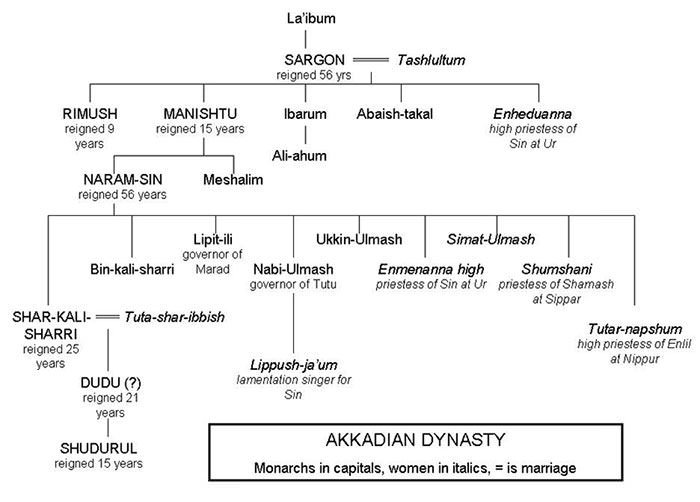
#8 AKKADIAN GOVERNMENT SYSTEM BECAME A MODEL FOR FUTURE EMPIRES
The Akkadians aimed to form a centralized system of government with the king at the apex. His sons were installed as governors at strategically important locations while his daughters were often married to rulers of peripheral parts of the empire. Also, Akkadian princesses were appointed to prominent religious positions to strengthen the hold of the dynasty on its subjects. Akkadian government system became a standard for future Mesopotamian states. The economy of the region was almost entirely reliant on agriculture. The expansionist policy of Akkadian kings was partly due to the need to secure metal ores, timber and building stone, all of which had to be previously imported to the region. The Akkadian Empire was bound together by roads, along which there was a regular postal service. The official language of the empire was Akkadian.
#9 AKKADIAN LANGUAGE IS THE EARLIEST ATTESTED SEMITIC LANGUAGE
Semitic languages are a branch of the Afroasiatic languages which originated in the Middle East. The Akkadian language, which predates the founding of Akkad by many centuries, is the earliest attested Semitic language. The Sumerian language is regarded as a language isolate in linguistics as it belongs to no known language family. In 3rd millennium BC, there was a close cultural symbiosis between Sumerians and Akkadians which included widespread bilingualism. The languages thus deeply influenced each other. Akkadian replaced Sumerian as the spoken language by 2000 BC though Sumerian continued to be used for ceremonial and literary purposes. Akkadian was spoken in Mesopotamia from 3rd to 1st millennium BC. The Akkadians used the Sumerian cuneiform script to write their language. The last known Akkadian cuneiform document is from around 1st century AD.
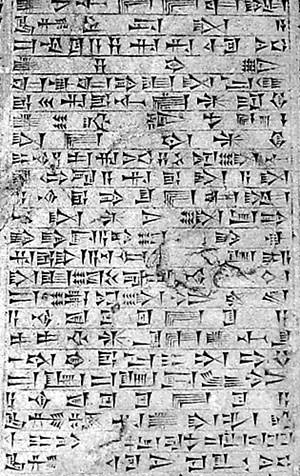
#10 BASSETKI STATUE IS ONE OF THE MOST FAMOUS AKKADIAN ARTIFACTS
Akkadian art laid great emphasis on the kings of the dynasty and major development in the period was considerable increase in the degree of realism. Famous Akkadian artefacts include the Victory Stele of Naram-Sin, which depicts him as a god-king climbing a mountain above his soldiers and defeated enemies; and the Bassetki Statue, which shows a seated, nude human figure and is renowned for its naturalistic rendering of the human body. Also, Akkadian period saw high precision in the art of gem-cutting. Two seal-cylinders from the age of Sargon are among the best examples of their kind. Several construction projects were undertaken in the Akkadian era including reconstruction of the Ishtar Temple at Nineveh.
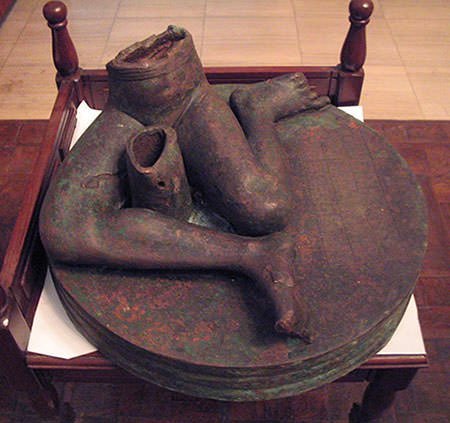
ENHEDUANNA – PRINCESS, PRIESTESS AND POET
Enheduanna was the daughter of Sargon of Akkad. She is famous for being the first poet in history whose name is known. Enheduanna composed 42 hymns addressed to temples across Sumer and Akkad. Her famous works include The Exaltation of Inanna, a personal devotion to the goddess Inanna; and a collection known commonly as ‘The Sumerian Temple Hymns’. Enheduanna was also appointed by her father to assume the role of EN or priestess, making her the first known woman to hold the title. After her death, she perhaps even attained a semi-divine status. Enheduanna is not only one of the earliest authors known by name in world history but also one of the first women known to history.


This achieve is very good yes
hi